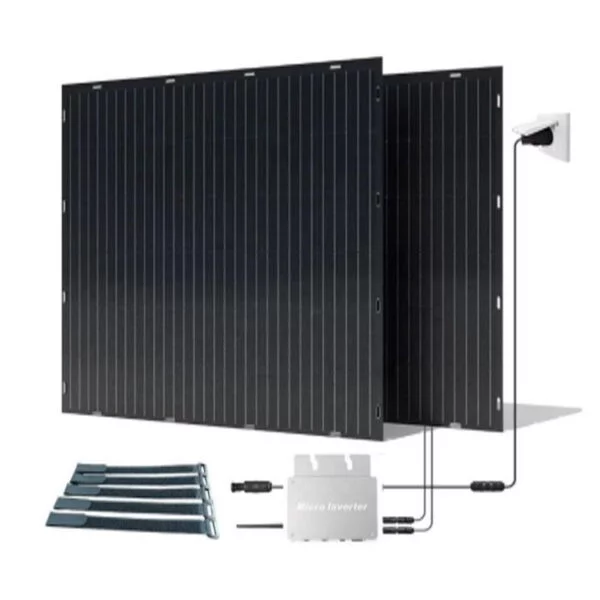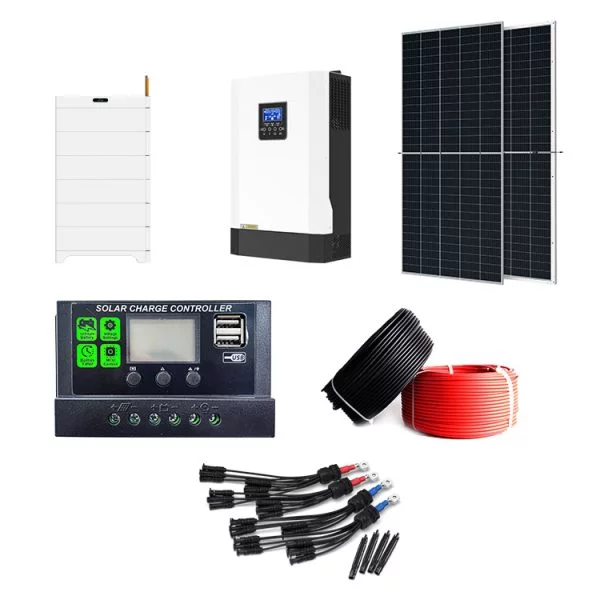HOT PRODUCT
Product Details
Flexible Solar Panels: A Look Into The Science And Engineering Behind Them
Title: Flexible Solar Panels: A Look Into The Science And Engineering Behind Them
Introduction (50 words):
Flexible solar panels have emerged as an innovative solution in harnessing solar energy. Unlike traditional rigid panels, these flexible variants offer versatility, durability, and ease of installation. In this article, we will delve into the science and engineering behind their design and functioning.

1. Understanding the Basics of Solar Energy (100 words):
Before we explore the specifics of flexible solar panels, it is essential to understand the basics of solar energy. Solar energy is derived from the conversion of sunlight into electricity using photovoltaic (PV) cells. When sunlight strikes the PV cells, it releases electrons, which then create a flow of electric current. Traditional solar panels are made up of multiple interconnected PV cells, while flexible solar panels incorporate flexible substrates that allow for curved installations.
2. Composition and Materials of Flexible Solar Panels (150 words):
Flexible solar panels are typically made using lightweight and thin-film materials. Their construction generally involves layers of semiconductors, conductive layers, and protective coatings. The most commonly used materials include amorphous silicon, cadmium telluride, and copper indium gallium selenide (CIGS).
These materials facilitate flexibility while ensuring efficient energy conversion. The thin-film layers not only allow the panels to bend and flex but also help reduce the overall weight. Additionally, these materials make the panels more resistant to extreme temperatures and less prone to damage from impact or stress.
3. Engineering Aspects of Flexible Solar Panels (200 words):
The engineering behind flexible solar panels involves careful design considerations to ensure maximum efficiency and durability. Engineers focus on achieving a balance between flexibility, efficiency, and overall performance. Key engineering aspects include:
a. Substrate: Choosing the right substrate material is crucial. It should be both flexible and stable in varying conditions. Commonly used substrates include plastic films, metal foils, and flexible glass.


b. Encapsulation: Encapsulation is essential to protect the solar cells from moisture, dust, and other potential sources of damage. Engineers use specialized encapsulation techniques, such as lamination or coating, to ensure long-term durability.
c. Wiring and Connections: Flexible panels must have robust wiring and electrical connections capable of withstanding repeated flexing. Special attention is paid to minimize the risk of cracking or disconnection due to bending stress.
d. Manufacturing Techniques: Developing efficient manufacturing techniques is critical to ensure the scalability and affordability of flexible solar panels. Techniques like roll-to-roll printing or sputtering deposition enable high-volume production while maintaining reasonable costs.
4. Applications and Advantages of Flexible Solar Panels (150 words):
Flexible solar panels offer numerous advantages and open up exciting new possibilities in renewable energy utilization. Some of the key benefits include:
a. Versatility: Flexible panels can be integrated into a wide range of applications, such as curved surfaces, vehicles, backpacks, or even clothing, expanding the scope of solar energy generation.
b. Lightweight and Portable: The lightweight nature of these panels makes them ideal for mobile applications, outdoor activities, and emergency power generation.
c. Improved Durability: Flexible designs offer increased resistance to damage caused by impacts, hail, and wind. They can withstand vibrations and bending without significant loss of performance.
d. Easy Installation: The flexibility of these panels simplifies installation processes and allows for customized fitting on various surfaces, including irregular shapes.
Conclusion (50 words):
Flexible solar panels are revolutionizing the solar energy landscape with their unique properties and applications. The combination of science and engineering enables these panels to provide versatility, durability, and ease of installation in comparison to traditional rigid panels, paving the way for wide-scale adoption of solar power generation.
Word Count: 700 words




